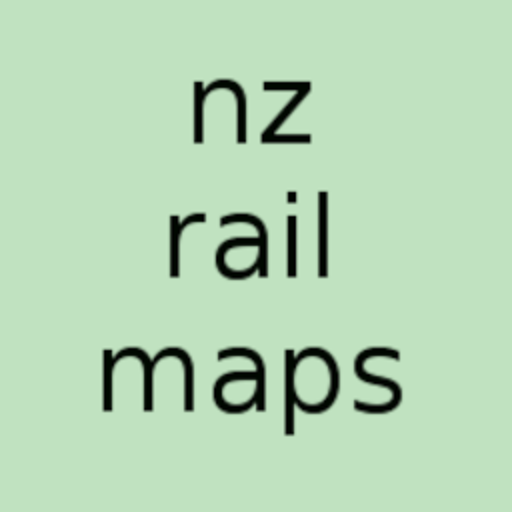Good evening. This week’s update has been slightly delayed by an upload issue which took a day to resolve, this means the update is being sent now. This week the main update is for the NIMT section of the webmaps, which has had another 200 km added, taking the length covered from Palmerston North to Erua. This gets this part of the webmaps into the more interesting Central North Island country, as it takes in the areas of some of the major deviations, such as those at Mangaonoho, Mangaweka, Taihape and Ohakune. Plenty of work is going on behind the scenes, with aerial photo updates for the Hutt Valley railways which will take some weeks to complete as a lower priority project and will eventually find their way into webmaps and static volumes. The Waiau Branch maps are also moving closer to completion with the last station layout to be drawn in and the bridge locations now being put in for all 32 bridges.
For the coming week, the key goals are to expand NIMT coverage to Hamilton, which so happens to be another 200 km from Erua. From there to the end of what is currently drawn in for the NIMT in Auckland is just another 100 km, but as it is a double track system we feel obliged to trace in both tracks as we did in Wellington’s double track areas, and this will slow things down somewhat at that point. We also look forward to having the Waiau Branch maps finished in time for the next update.
By this time various glitches are becoming somewhat obvious in parts of the webmaps. There are various reasons for these, mostly they are only affecting the lower zoom levels when part of a caption can be cut off where it crosses over a tile boundary. At present, not much or anything can be done about this. When more of the network is in place we will start looking at whether some of these issues can be resolved. This is not the same as seeing a lower level of detail at lower zoom levels. The amount of detail you can see in each layer is deliberately managed at the lower zoom levels to avoid too much clutter, so for example a lot of stations will not be visible at zoom level 9 when the maps first load into the browser, and their captions will change to exclude distances at the lowest zooms. The detail levels and the scales at which they cut in and out is constantly being tweaked and you may see a variance in these between different sections of the maps depending on what rules were in effect when a particular section was built. When enough testing has been carried out to confirm the most optimum way of managing detail levels then the whole maps will be rebuilt to those standards. It would be particularly noticeable the differences when comparing parts of the Main North Line with the northern parts of the NIMT for example.
Whilst we do have considerable control over all of the detail that is put into the GIS to be included into webmaps or statics, it is when that detail is being turned into one of those production formats that issues can occur. The history of webmaps is that it has only been a possibility for a few months and the live site is just a month old. There are various limitations applying to the webmaps format that are not easy to resolve, and some of those are inherent to the format itself and others are due to the various tools being used to create the content. We feel that the limitations being experienced are a reasonable compromise considered against the massive potential of having the maps available in the webmaps format.
